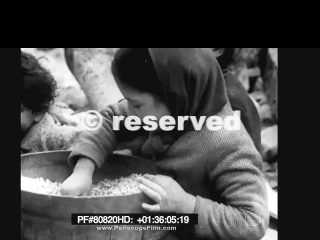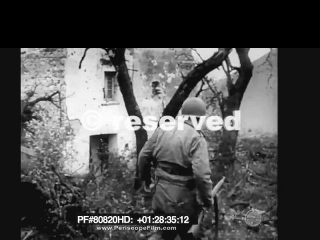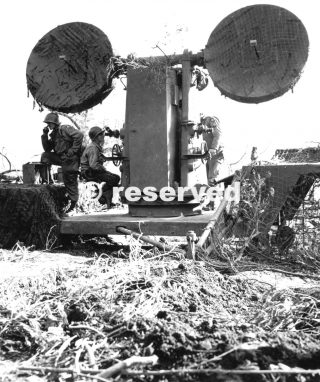THE BATTLE OF SAN PIETRO INFINE ITALY
THE BATTLE OF SAN PIETRO INFINE ITALY
Finally San Pietro is an Italian town of 988 inhabitants of the province of Caserta in Campania.San Pietro Finally occupies the northern corner of the Caserta province which is wedged between Lazio and Molise. The old village is perched on a rocky outcrop surrounded by green territory. Town located on the Reinhard Line, occupied by German troops during the Second World War, he found himself at the center of numerous battles, suffering violent bombings and fierce reprisals that brought him numerous civilian victims and the total destruction of the town.
PHOTO-ARCHIVE:
In the cold and biting December 1943, on the Winter Line, the Germans also occupied the mountainous masses of Major-chimney system, markets to the breach of Mignano, Mount Sammucro and, beyond this line, “an untidy mass of mountains” large about 16 km between the valleys of the Quick and the Volturno, which stretched northward from the mountain Sammucro over Venafro, to the main chain of the Apennines. There was only one area where the Allies could move forces: that beyond the grasp of Mignano, the Liri valley, leading directly to the capital. But to get there they had to first remove Germany from the massive fireplace that included the mountains Long, La Defense, The Remetanea, Mount Maggiore and a small town called SAN PIETRO INFINE.
The Germans have seen the defensive value of St. Pietro, with its thick stone walls and its impressive view of Monte Lungo and Route 6. Within Days of surrender, the Germans arrived in Italy, occupy St. Peter’s turning it into a place of command and defensive the eastern end of the Liri Valley. What once was a sleepy village pond became a strong blocking position. They seized four cars in the city, all its donkeys and mules and any firearm owning civilians. However, this was only the beginning …..
The Germans took all civilian males between fifteen and forty-five, and made them work, digging trenches and carrying ammunition who were preparing defenses around the city and Mount Sammucro. Those who were able to escape hidden in a series of caves nearby, but otherwise have slaved for the Germans was a life of hell.
Life in caves was just as terrible: the food and water have become scarce and the cold soon paralyzing began to take its toll. The citizens of San Pietro began to die, some brutalized by the Germans, others from hunger, disease and cold. Their bodies were removed from the caves and placed in a nearby valley, which soon earned the nickname of the valley of death.
Americans In the period December 8 to 16, 1943, St. Pietro Finally he was subjected to incessant bombardment of American artillery, to the point of being almost totally destroyed. Americans of the 36th Division “Texas” managed to enter only 17, thanks to the fact that the Germans, as the Italian success on Monte Lungo, retreated to avoid the risk of being surrounded. The Battle of San Pietro finally cost him dearly: about 130 of its inhabitants were killed during the fighting, while the calculation of the losses suffered by the 36th American division “Texas” amounted to about 1,000 men in killed, wounded and missing. It could still make an accurate estimate of German losses. Of that terrible battle there are the pictures of the famous film director John Huston, then Captain US Army with the task of filming the advance towards Rome and the subsequent triumphal entry of the Anglo-American troops in the capital of Italy. St. Peter was one of its stages, and he arrived there shortly before the battle. In the morning of 17 December, John Huston made his entrance into St. Pietro destroyed, what he and his crew had filmed laid bare all the drama of the war as being fought by the jack and lived by the civilian population, involved in spite of themselves. The destruction of the small town was complete enough to force its reconstruction in the years just downstream. However the old St. Pietro still exists, surrounded by vegetation and preserved by some local initiatives.






















































